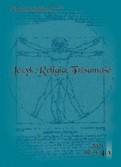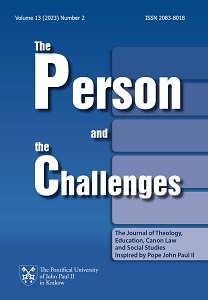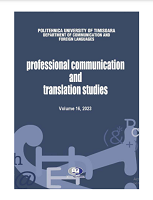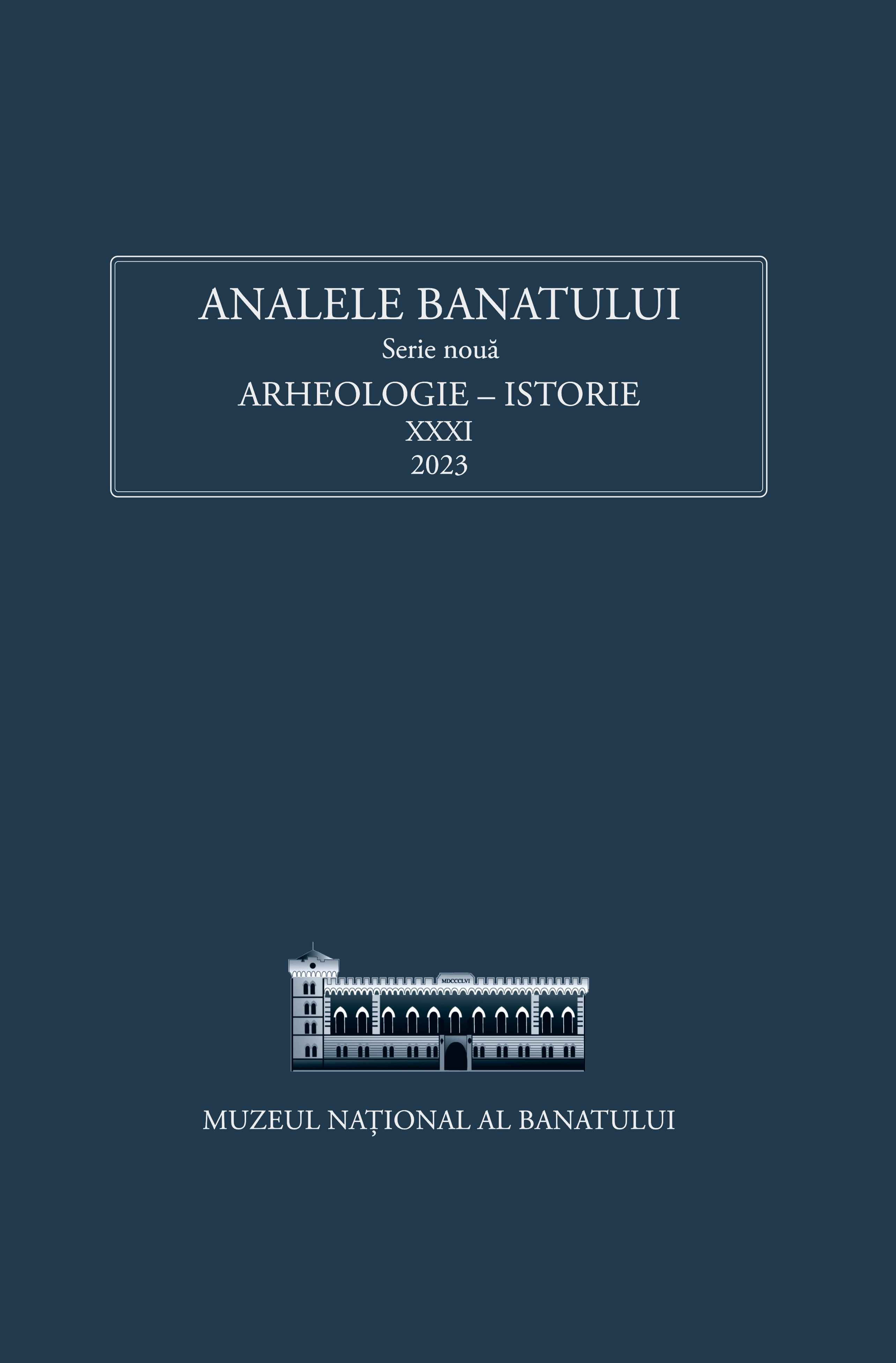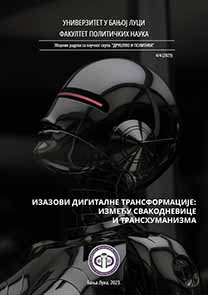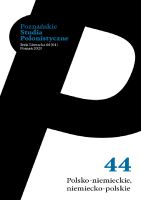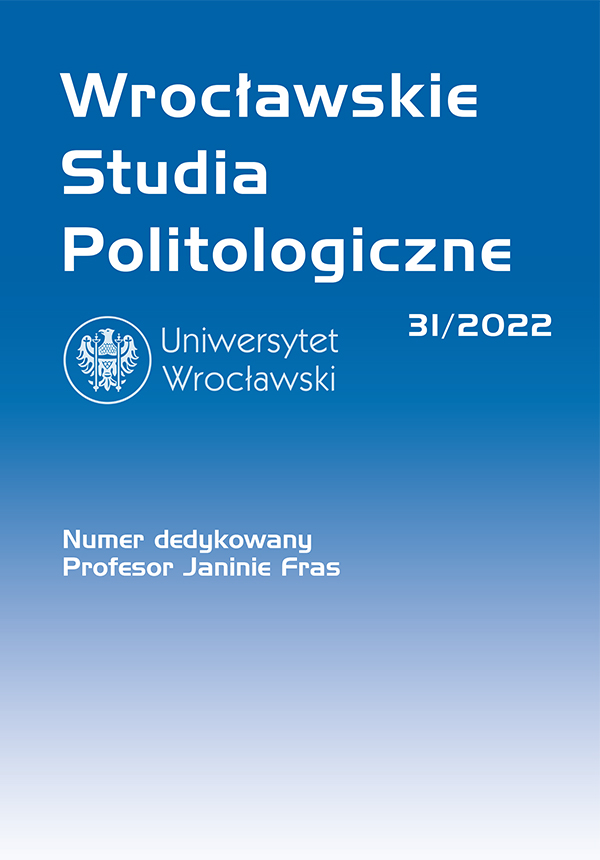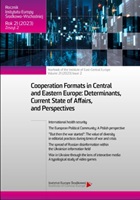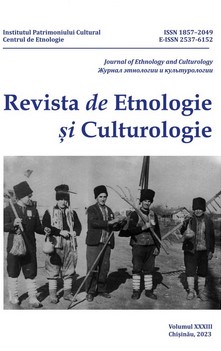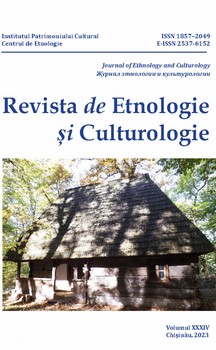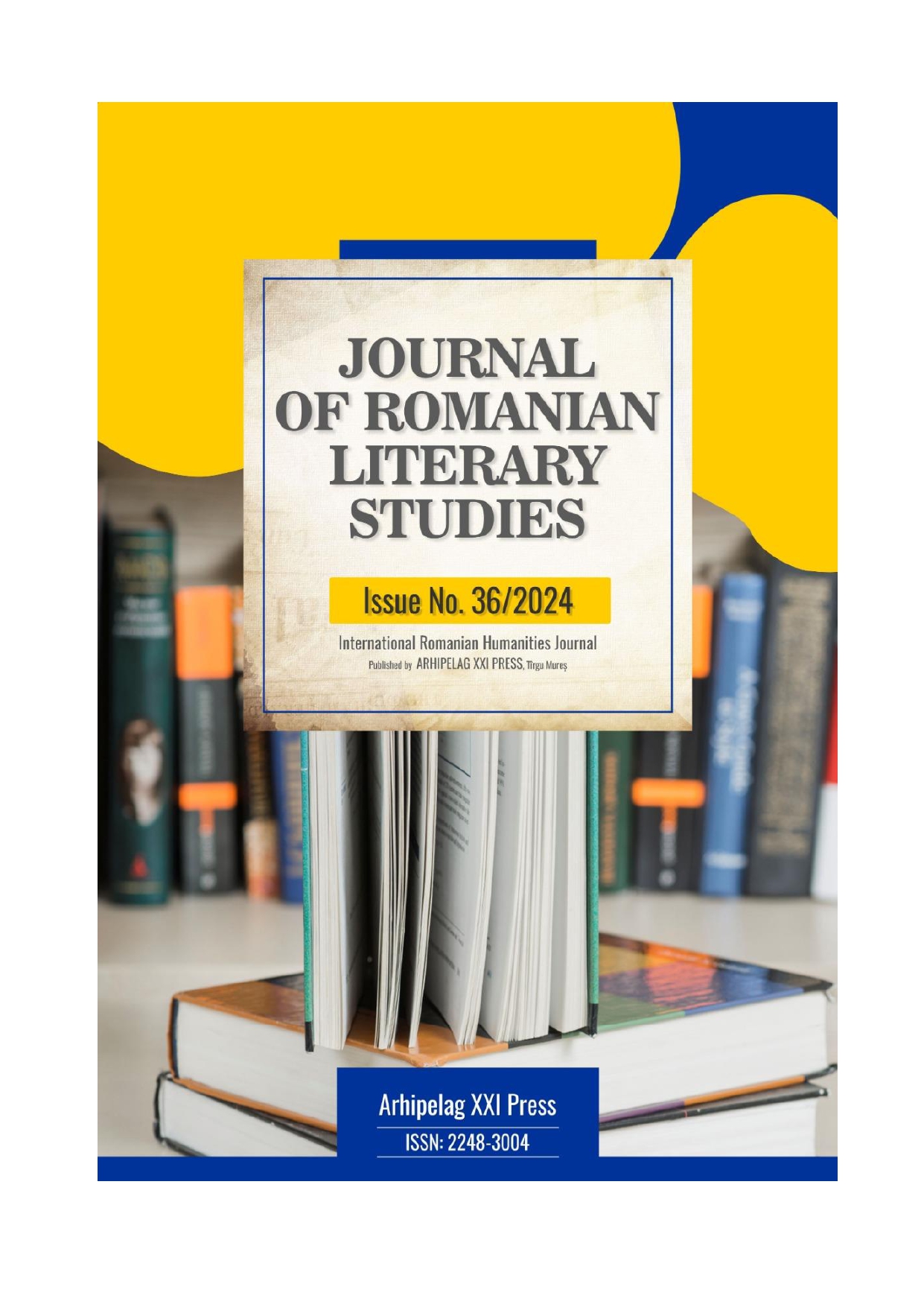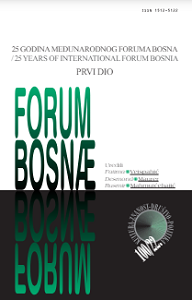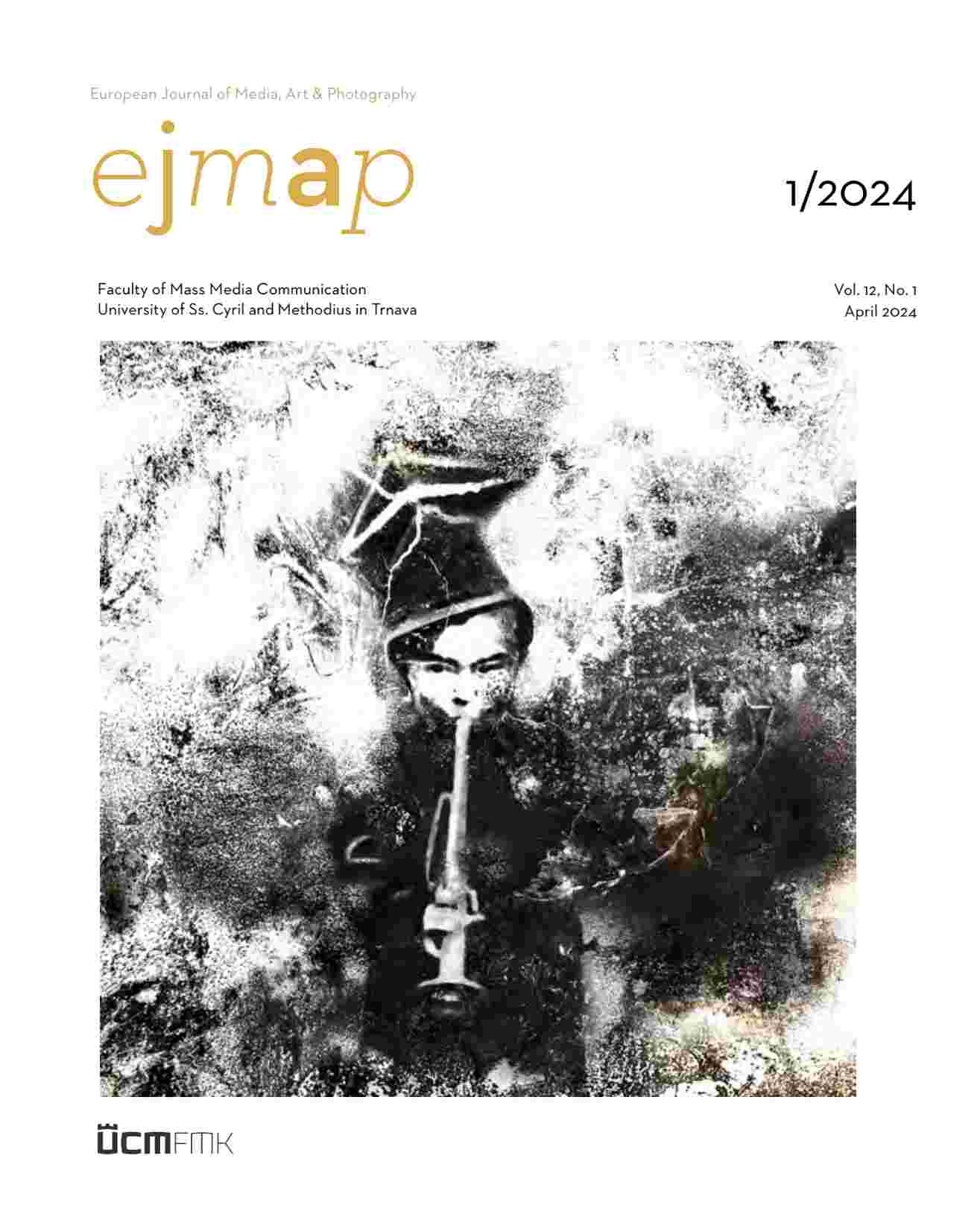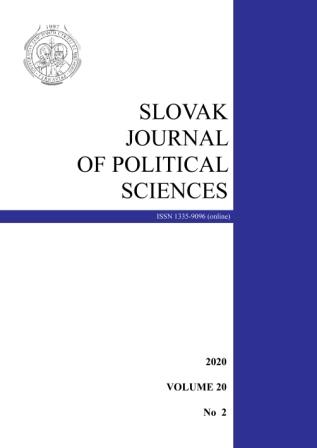
The Contemporary Challenges of Measuring Political Participation
The multifaceted nature of political participation has led to various ways of measuring it. This, in turn, has led to conflicting outcomes (even when applied to the same problem) in the research field. What are the contemporary challenges of measuring political participation? The main objective of this paper is to identify current challenges of measuring political participation that are common in the existing literature and empirical findings. This review paper examines different methods of measuring both online and offline political participation and shows current problems that are crucial to deal with methodological challenges in the emerging era of Web 3.0. Drawing from a careful analysis of 86 published (2012–2019) empirical research on new media and political participation, the present study finds that self-reported measures, different question-wordings, misuse of Likert scales and time frames, and the lack of clear concept of political participation are current problems of measuring political participation. In so doing, it contributes to research on political participation (1) attempting to gather various measurements and their common problems as well as (2) urging the importance of these challenges.
More...
